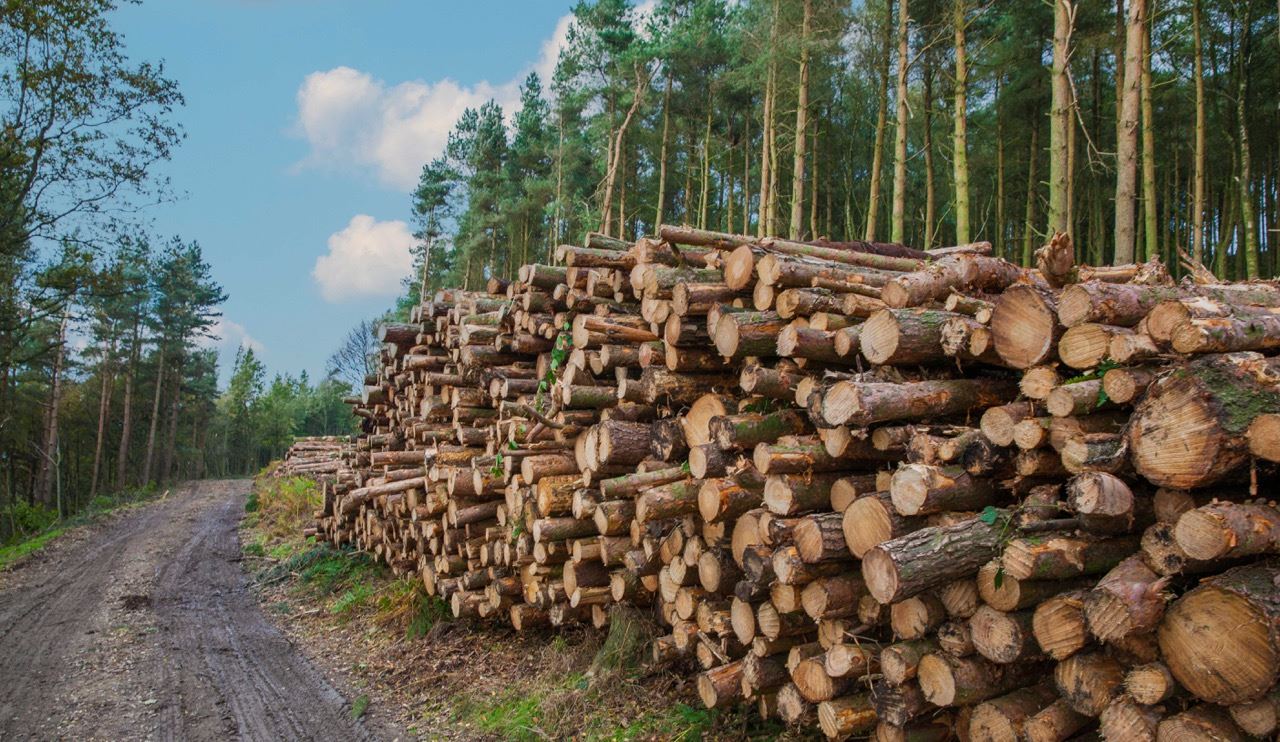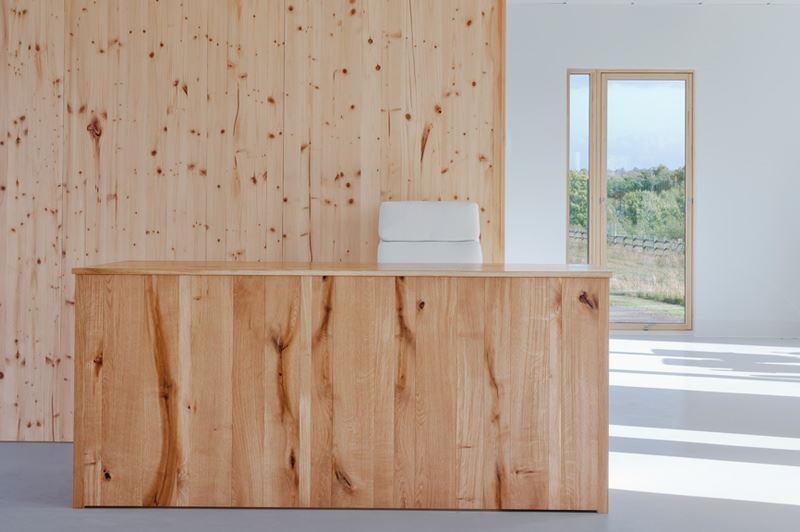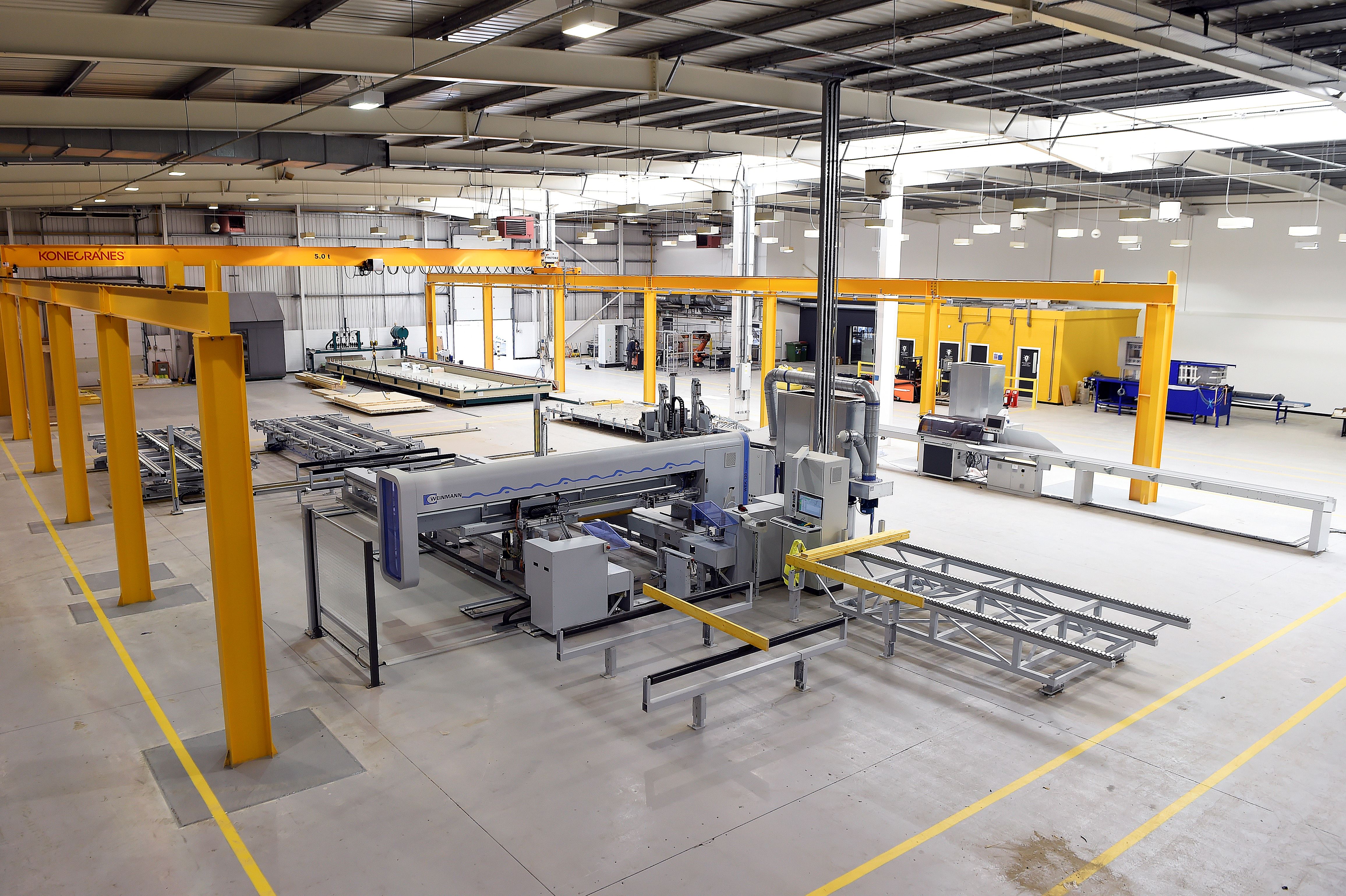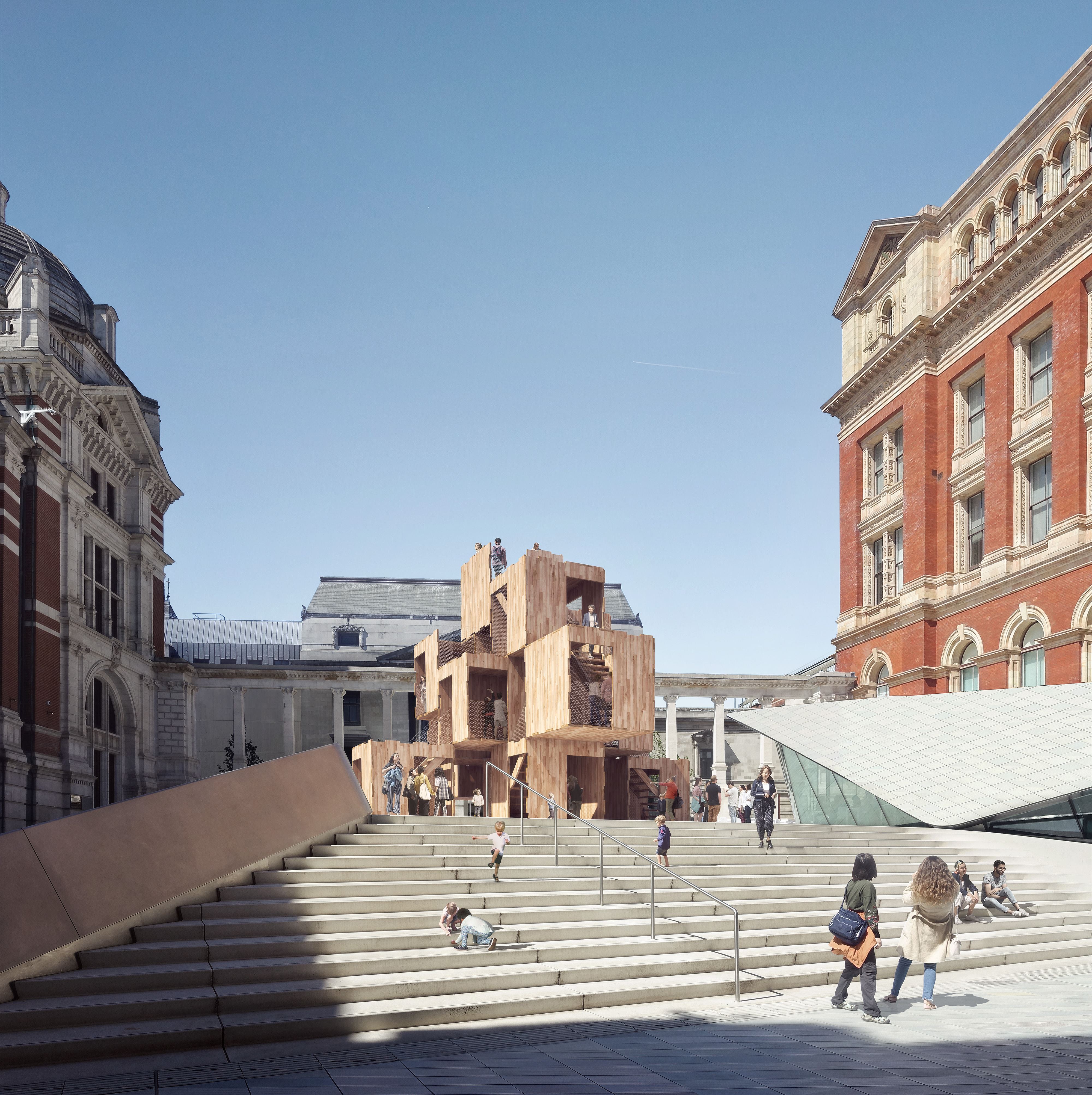Content
Debunking 4 Myths About Homegrown Timber

Myth 1: Homegrown timber is not as strong as European timber
All timber used for structural purposes within the built environment in the UK must be strength graded and specified in line with engineering requirements.
It is a common misconception that Scottish-grown timber is not as strong as European timber or that it can’t be used in construction. Researchers at Edinburgh Napier University have disproved this and in fact determined the opposite. Timber grown in Scotland that is strength graded to C16 demonstrates enhanced properties compared to imported C16, specifically, in bending strength and timber density.
As a result, the strength class C16+ was established to illustrate these enhanced properties, allowing for structures to be designed for better performance and efficiency. Timber that is graded to C16+ is available on the market and used in real construction projects.1
Myth 2: Homegrown timber is inherently unsustainable because of deforestation
While it's true that building with wood involves cutting down trees, this myth oversimplifies the sustainability of building with wood.
Responsibly managed forests provide various environmental benefits, including carbon sequestration, habitat preservation, and biodiversity promotion. Using wood in construction does not necessarily lead to deforestation.
Alongside this, wood used in construction has the unique ability to “lock up” carbon. So, whilst the wood remains in a building or other product, carbon has been removed from our atmosphere, contributing to the fight against climate change.
Forests need to be suitably managed to be sustainable. Using a forest for logging purposes means more growing trees which locks carbon in timber, and this outweighs the emissions released through transport and felling.
Myth 3: Scottish timber is only good for pallets, fencing, decking and “low value” products
This misconception stems from the myth that Scottish timber is low quality.
Over the past 10 years, researchers and industry partners have been demonstrating otherwise and utilising homegrown timber for “high value” applications, such as mass timber components (panels and beams).
A large part of this work has been delivered through the Transforming Timber project, a collaborative knowledge hub promoting the use of homegrown mass timber which has delivered some UK-first innovations, including the UK’s first two-storey homegrown mass timber house and the GenZero school prototype for the UK Government Department for Education (DfE). All these projects used UK-grown, load-bearing mass timber panels and beams in their structures.2
Myth 4: Timber is more expensive than other construction materials
It is commonly thought that building with timber is more expensive than other construction materials such as brick and block, however this is a misconception.
There are lots of factors which influence the cost of a construction project. For example, project size, design complexities, labour requirements and site-specific constraints. However, market reports for 2022 determined that timber manufacturing costs were 65% of the average cost of a typical brick and block-built home.3
The cost of construction materials regularly fluctuate. To keep up to date with changes in cost, Timber Development UK publishes monthly economic statistics on timber here.
Mythbusting #4: Homegrown Timber
Download the infographic here for your reference or to share with someone else.





